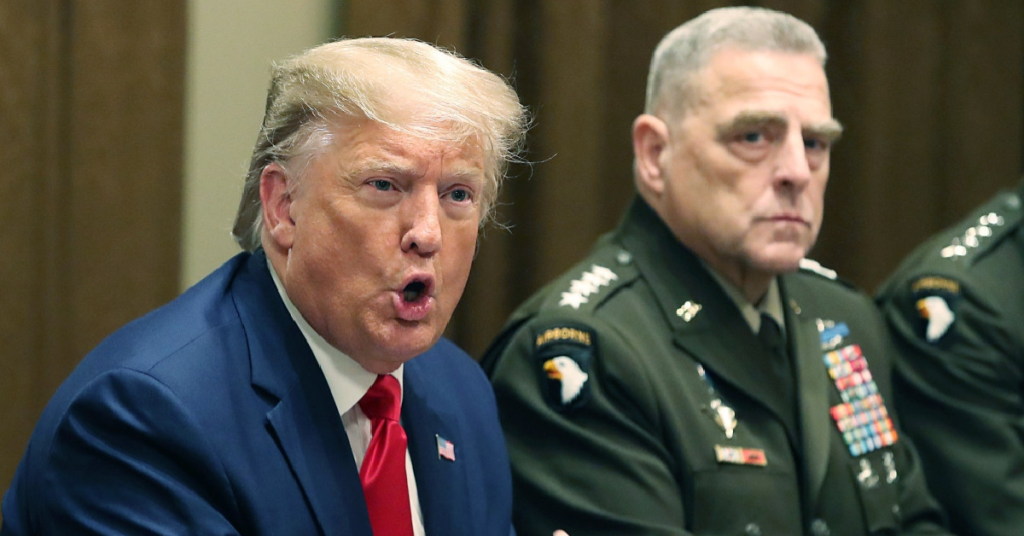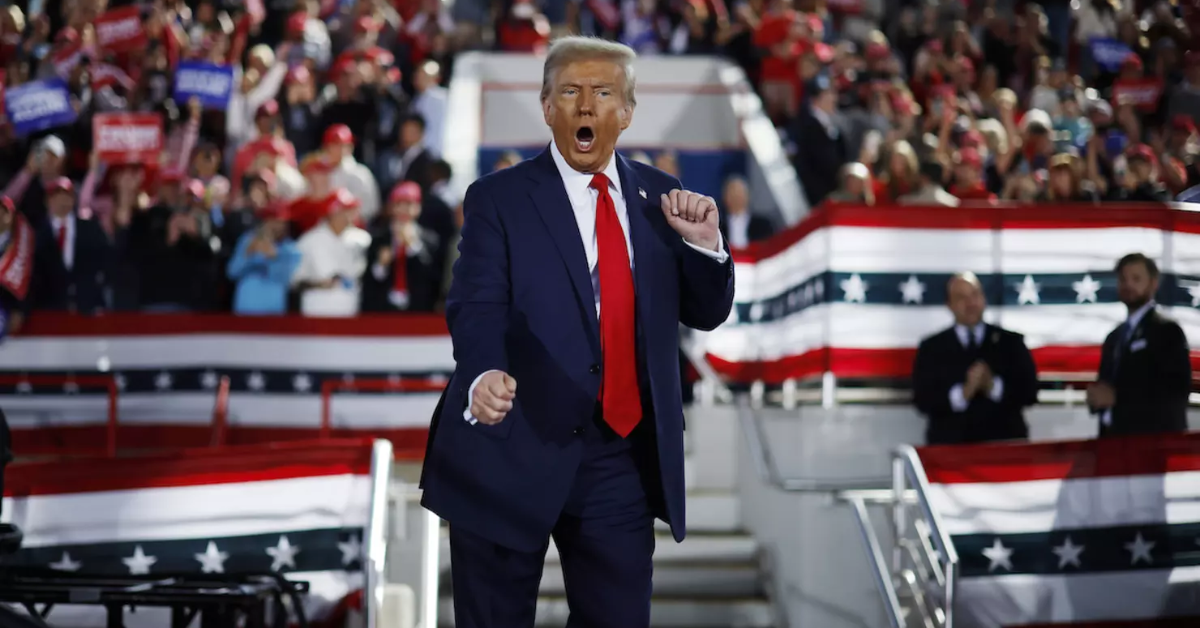The past few months have seen significant turmoil on Wall Street, with investors and market analysts alike expressing concerns that extend beyond the economy to the mental stability of the U.S. president, Donald Trump.
It seems that investors are now facing the reality that Trump’s leadership may not just be volatile but mentally unstable, possibly even suffering from conditions such as dementia. This represents a stark shift from previous explanations for market declines, which typically attributed them to trade tariffs or other policy-related issues.
The conventional view is that the downturn in markets is largely due to Trump’s trade policies. Specifically, his tough stance on tariffs and protectionist strategies is seen as destabilising the global economy. However, while this explanation has some merit, it does not fully account for the scale of uncertainty and the erratic swings in the market. If Trump’s policies were the issue, markets might adjust and come to terms with them over time. But what we are seeing is far more troubling.
The Breakdown of Trust
The real issue here is trust — or rather, the complete lack of it. As markets continue to decline, with the S&P 500 falling 2.4%, the Dow Jones and Nasdaq seeing even worse losses, investors are clearly showing signs of panic. In the past, U.S. government bonds and the dollar were considered safe havens in times of economic uncertainty. However, this time, the market is facing a situation where even the dollar and U.S. Treasurys are weakening.
As the Associated Press reported, this unusual trend suggests that the policies emanating directly from Washington, driven by Trump, are now perceived as sources of fear rather than stability. The markets are no longer reacting to typical factors, such as inflation or global trade imbalances. Instead, they are facing an unpredictable and unstable leadership in the White House, which has made even traditionally safe investments less secure.
Trump vs. The Federal Reserve
Adding to the confusion is Trump’s ongoing conflict with Federal Reserve Chairman Jerome Powell. The president has repeatedly threatened to fire Powell unless the Fed lowers interest rates. While lower interest rates typically boost the stock market, the fear is that removing Powell would undermine the Fed’s independence and its ability to control inflation. Such a move could lead to further market instability and potentially damage the United States’ reputation as the world’s safest place to invest.
Uncertainty in Trade and Policy
The erratic behaviour of the administration is also evident in its approach to trade negotiations. According to Fox Business’s Charles Gasparino, U.S. negotiators have been changing their demands in trade talks, which is making it difficult for foreign leaders to predict the U.S. stance.

This constant flip-flopping has led to a lack of progress in key negotiations, with the value of the dollar declining and bond yields rising as a result. Investors are now flocking to safer assets, such as gold and Bitcoin, further indicating a lack of faith in the U.S. economy under Trump’s leadership.
The Mental Health Issue: A Growing Concern
For many, the key question is why Trump’s behavior seems so erratic. Is it simply a matter of political ideology or does something more serious lie behind his decisions? There’s growing evidence suggesting that Trump’s mental health may be a major contributing factor to the ongoing chaos.
Last year, CNBC’s Andrew Ross Sorkin reported that after meetings with Trump, several corporate leaders expressed concern over his mental fitness. They described him as meandering and unable to stay focused on any one topic for long, leaving them unsure of his thought process.
These concerns are not new. Even former Republican candidate Nikki Haley raised alarms during her brief campaign, emphasising the importance of mental fitness in the presidency. She pointed out that leadership requires clear decision-making and the ability to handle intense pressure. Trump’s confusion and lack of focus are now becoming increasingly apparent, and they are contributing to the growing sense of instability plaguing Wall Street.
The Toll on Wall Street
The most significant problem investors are now facing is the unpredictable nature of Trump’s leadership. If the president were simply a strong, opinionated leader with clear convictions, markets would adjust, even if they didn’t agree with his policies. But what we’re seeing is a lack of direction. Trump frequently changes his mind, undermines his own policies, and often fails to follow through on major decisions. This has left investors with little confidence in the future of the U.S. economy.
As Wall Street faces one of its worst Aprils since 1932, with no clear resolution in sight, the markets are adjusting to a new reality. The lack of trust in Trump’s leadership is palpable, and investors are no longer sure in which direction the country is headed. The economic volatility we are experiencing is a direct result of this uncertainty.
What Comes Next?
Looking ahead, it is difficult to predict what the future holds for the U.S. economy. With Trump’s mental state increasingly called into question, Wall Street is adjusting to what some are calling a “high volatility regime market.” This is a market characterised by unpredictable swings and a lack of confidence in the leadership that is supposed to guide it.
The question for investors now is how to navigate this new reality. The hope is that with time, the situation will stabilise. However, as long as Trump remains in office, the uncertainty will likely continue. Wall Street is now navigating uncharted waters, trying to steer an economy controlled by a president who appears unable to offer a clear, consistent path forward.
Disclaimer: This article has been meticulously fact-checked by our team to ensure accuracy and uphold transparency. We strive to deliver trustworthy and dependable content to our readers.


